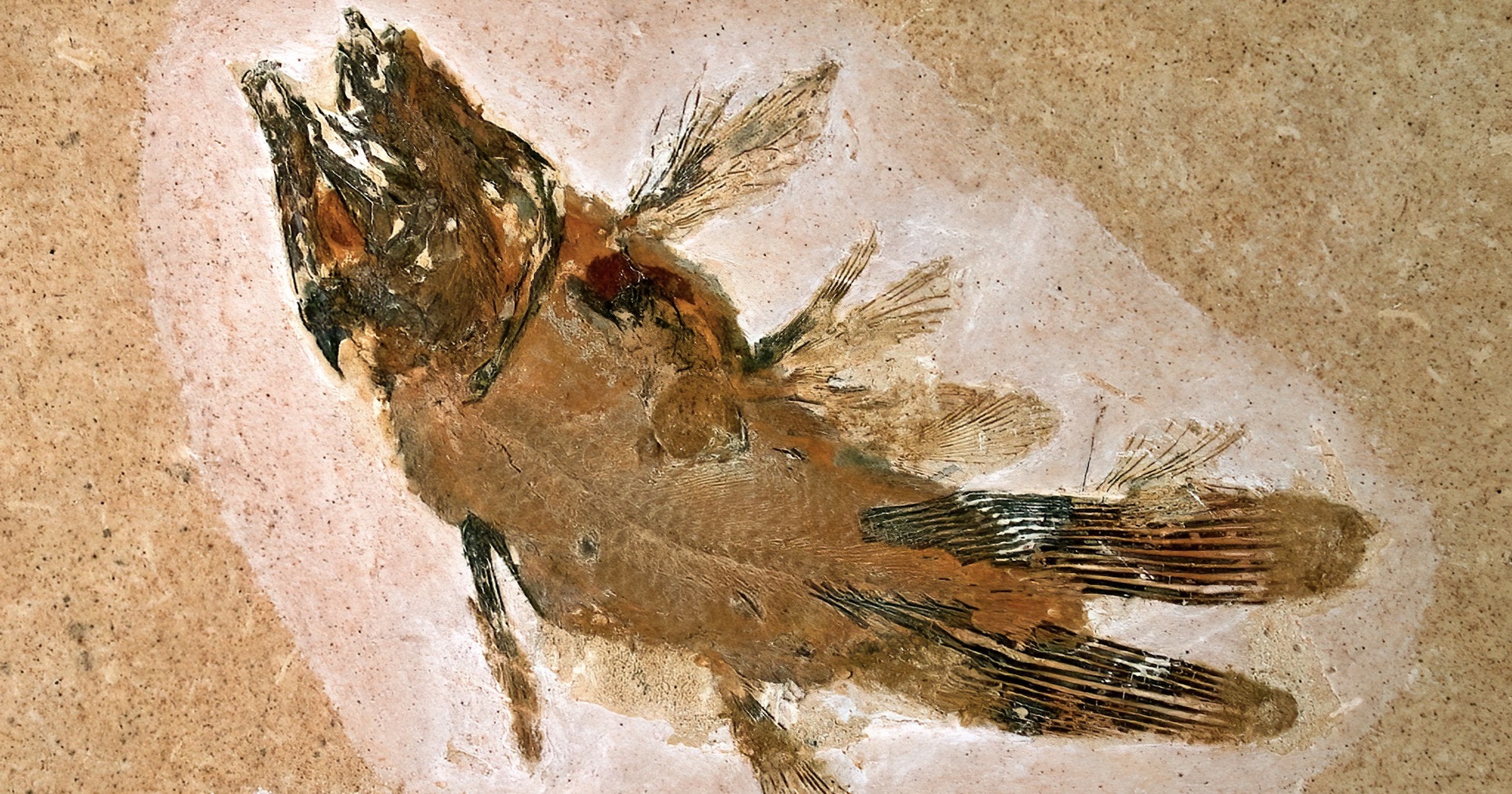 Evolution
Evolution
 Paleontology
Paleontology
Fossil Friday: A Dead “Living Fossil”

Coelacanths are considered to be “living fossils,” which do not sit well with the Darwinian assumption of evolutionary change over time driven by natural selection acting on a constant flow of random mutations. You can listen to an ID the Future podcast to learn more about the problem. This featured fossil (photo: Bechly 2006) is a juvenile coelacanth of the lobe-finned fish Axelrodichthys araripensis from the Lower Cretaceous Crato Formation of NE Brazil. The animal is only 85 mm long and about 115 million years old. A similar specimen was described by Brito & Martill 1999. These are the only specimens known from the Crato limestones, while all other specimens are large three-dimensionally preserved adults found in carbonate nodules of the somewhat younger Romualdo Formation from the same locality (formerly known as the Santana Formation). Apparently the brackish Crato lagoon was something like a nursery for baby coelacanths but not the preferred habitat for adults.
